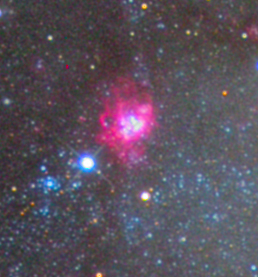 |
NGC 604
NGC 604 is a H II region inside the Triangulum Galaxy. It was discovered by William Herschel on September 11, 1784. It is one of the largest H II regions in the Local Group of galaxies; at the galaxy's estimated distance of 2.7 million light-years its longest diameter is roughly 1500 light-years (460 parsecs), over 40 times the size of the visible portion of the Orion Nebula. It is over 6300 times more luminous than the Orion Nebula, and if it were at the same distance it would outshine Venus. Like all emission nebulae, its gas is ionized by a cluster of massive stars at its center.
|
| |
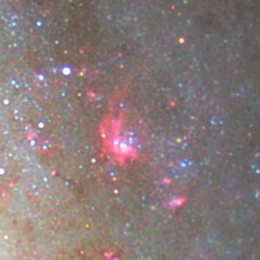 |
NGC 595
NGC 595 is an H II region in the Triangulum Galaxy. It was discovered by Heinrich Ludwig d'Arrest on October 1, 1864.
|
| |
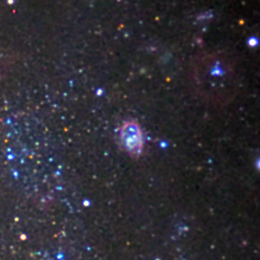 |
NGC 588
NGC 588 is a H II region inside the Triangulum Galaxy
|
| |
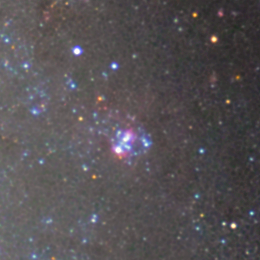 |
NGC 592
NGC 592 is a H II region inside the Triangulum Galaxy
|
| |
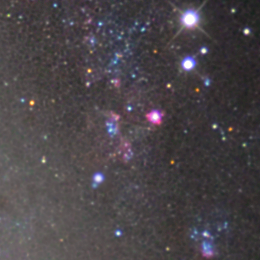 |
IC 131
Text to Define, wait for your help and contribution.
|
| |
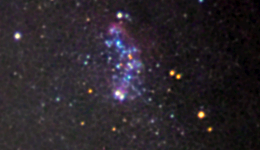 |
IC 133
Text to Define, wait for your help and contribution.
|
| |
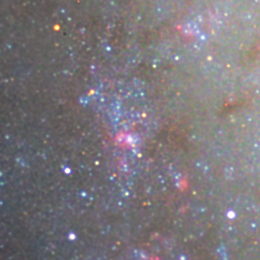 |
IC 135
Text to Define, wait for your help and contribution.
|
| |
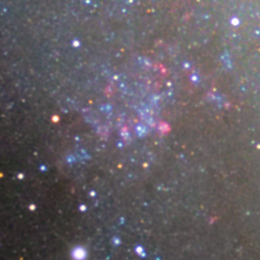 |
IC 136
Text to Define, wait for your help and contribution.
|
| |
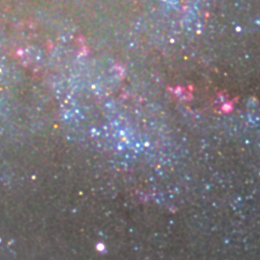 |
IC 137
Text to Define, wait for your help and contribution.
|
| |
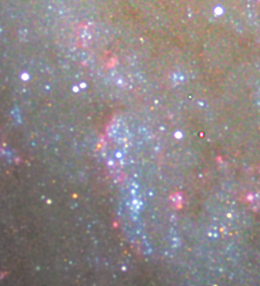 |
IC 139/140
Text to Define, wait for your help and contribution.
|
| |
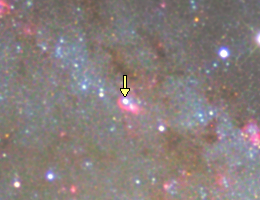 |
IC 142 / B342
B342 is the brightest individual star in M33 (yellow arrow indicated) - if you exclude the LBV stars. Star known as B 324 is an A-type supergiant and lies just 6' from the center of M33 in the star association 67 (A 67) or IC 142. The v magnitude of this star is 15.2 but is this really in M33 or just another Milky Way star? Lundmark (1921) listed the brightest star in the galaxy to be 15.7 (B) magnitude. Humphreys, Massey & Freedman proved in 1990 that B 342 is indeed part of M33 and also the brightest in single star in the entire galaxy.
|
| |
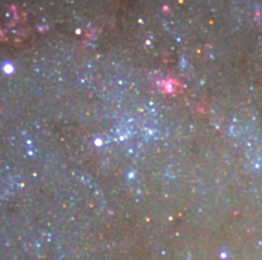 |
IC 143
Text to Define, wait for your help and contribution.
|
| |
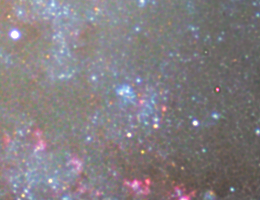 |
A14
Text to Define, wait for your help and contribution.
|
| |
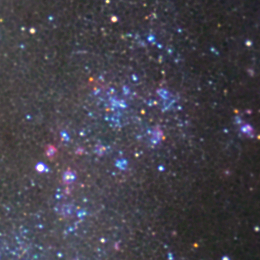 |
A21
Text to Define, wait for your help and contribution.
|
| |
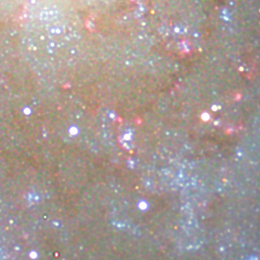 |
A48
Text to Define, wait for your help and contribution.
|
| |
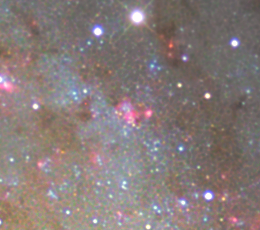 |
A66
Text to Define, wait for your help and contribution.
|
| |
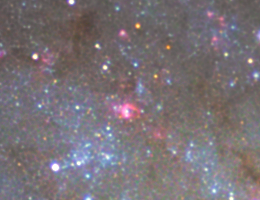 |
A71
Text to Define, wait for your help and contribution.
|
| |
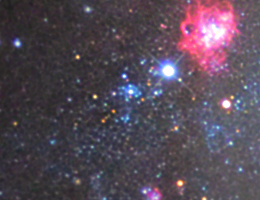 |
A85
Text to Define, wait for your help and contribution.
|
| |
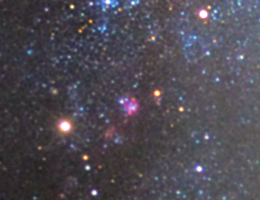 |
A87
Text to Define, wait for your help and contribution.
|
| |
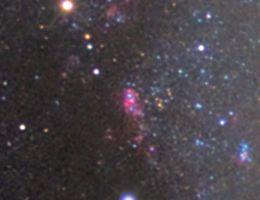 |
A90
Text to Define, wait for your help and contribution.
|
| |
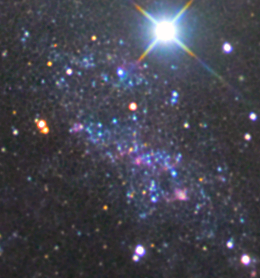 |
A110/A112
Text to Define, wait for your help and contribution.
|
| |
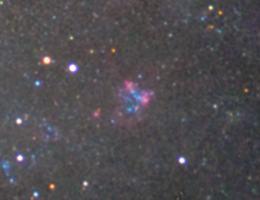 |
A115
Text to Define, wait for your help and contribution.
|
| |
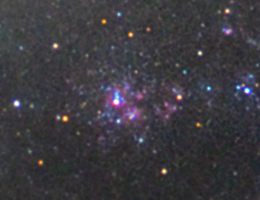 |
A116
Text to Define, wait for your help and contribution.
|
| |
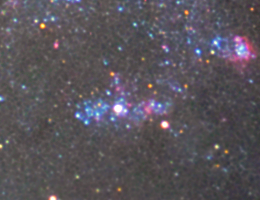 |
A127
Text to Define, wait for your help and contribution.
|
| |
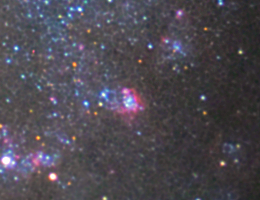 |
A128
Text to Define, wait for your help and contribution.
|
| |
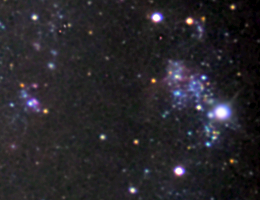 |
A131
Text to Define, wait for your help and contribution.
|
| |
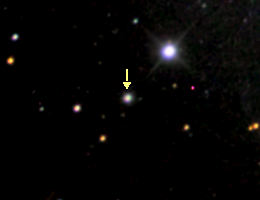 |
C39
This is the brightest globular cluster in M33 and appears as an extremely faint .Also known by its GSC number (2293:1339).
|
| |
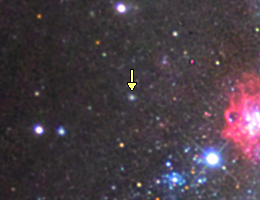 |
C27
This second brightest globular cluster in M33 is considerably fainter than the previous one.
|
| |
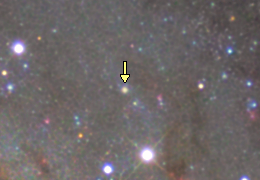 |
U49
Text to Define, wait for your help and contribution.
|
| |
 |
U62
Text to Define, wait for your help and contribution.
|
| |
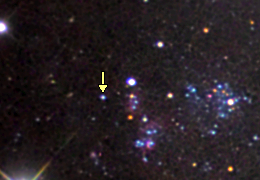 |
GR290
This object is a LBV (Luminous Blue Variable) star. It shows eruptions with amplitude of more than 1 mag and timescale of about 20 years and smaller oscillations with amplitude 0.5 mag and a period of about 320 days.
|
| |



